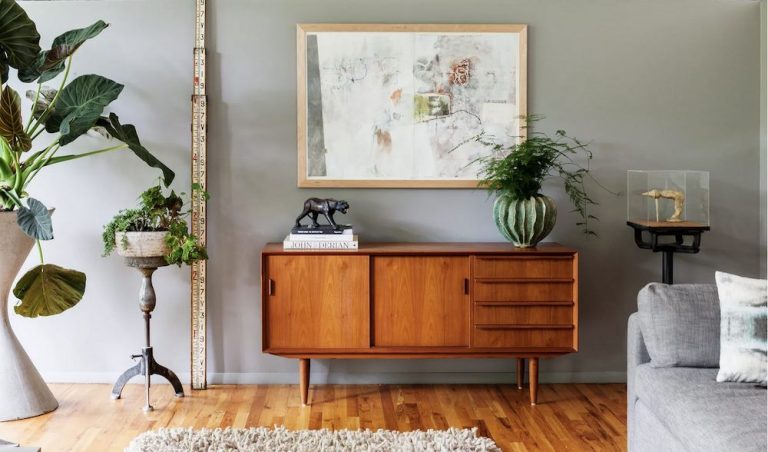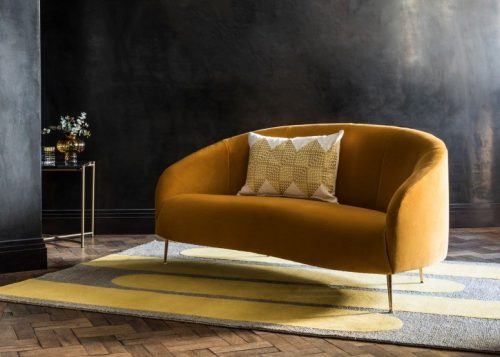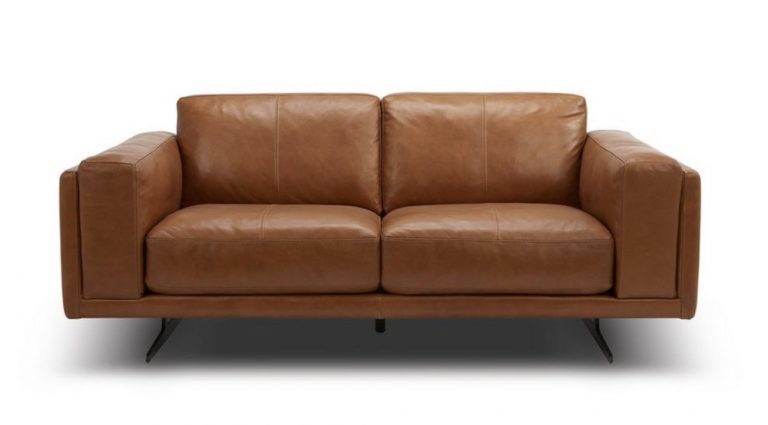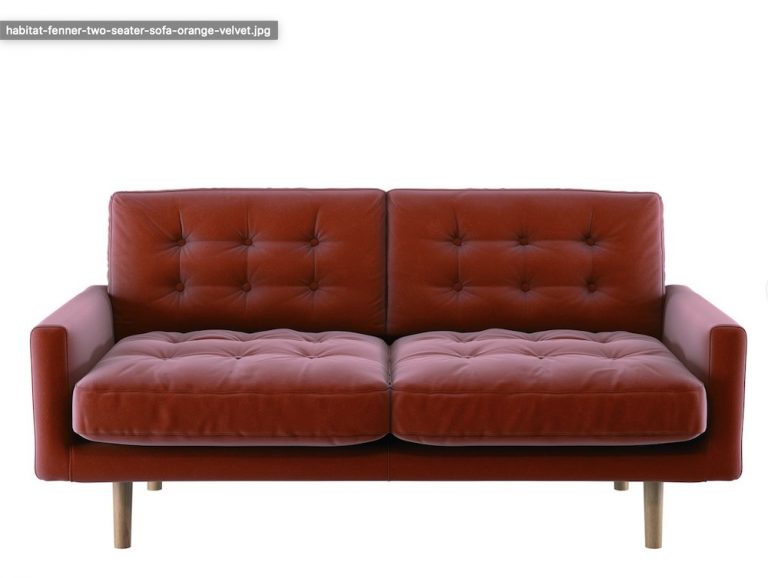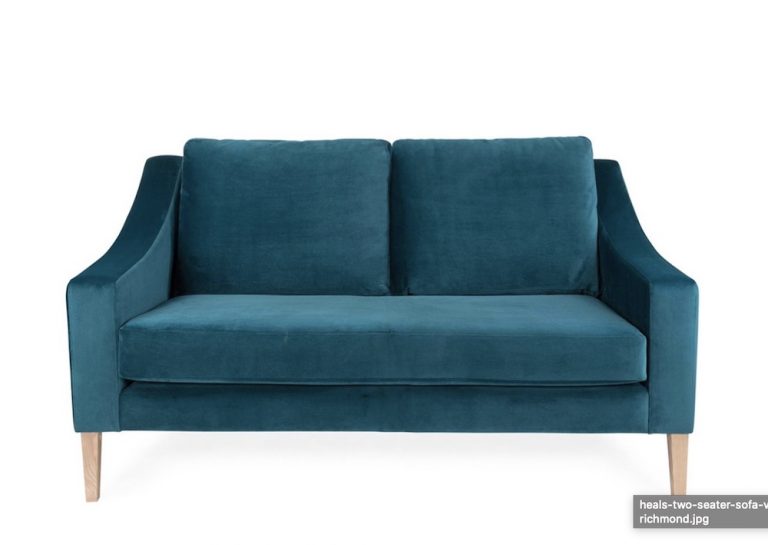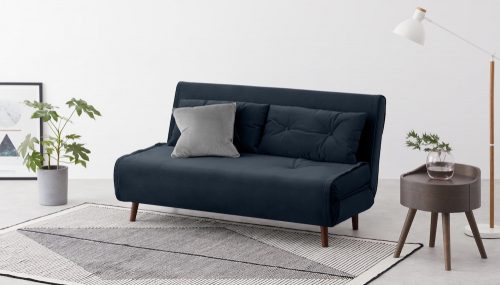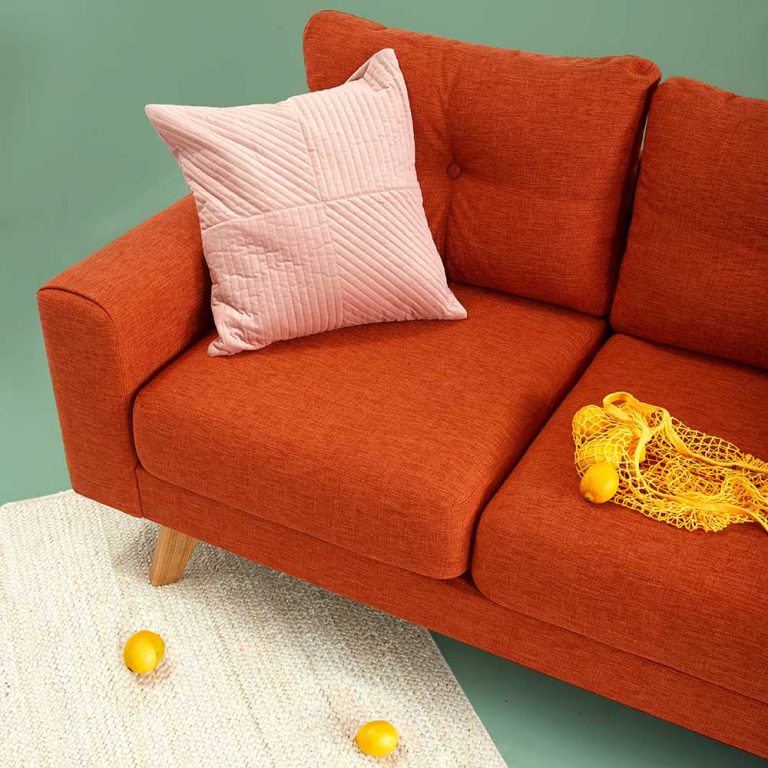Top Tips of Styling a Sideboard
Top Tips of Styling a Sideboard
Sideboards are a home furnishing must-have, but is there a secret to making furniture look good and it’s usually down to some simple styling tricks.
Sideboards are ideal for both storage and display use. Usually in a living or dining room, it’s traditionally used to store dinnerware, but is also perfect for adding storage to any room without compromising on design.
Available in classic, stylish and contemporary styles, sideboards are a must-have storage solution, but what’s on display is just as important as what’s stored inside. Spruce up your living room by making small changes that don’t cost the earth!
1. The Power of Three
Groupings of three work extremely well. It is a magic number and it just simply works.
2. Accessories
Accentuate the warm tones of the sideboard by choosing some accessories. Soft coloured aubergine and chocolate coloured glass vases are blended with white pots and monochrome prints by using lots of greenery and a copper tray.
3. Balance with Height
Try using one lamp on the right side of the sideboard, but balance the height of the lamp with a stack of books on the left. When you start arranging things, always remember to balance objects that take up a lot of visual space.
4. Symmetry
Symmetry is a very important thing to keep in mind when you are adding the final touches. Symmetry is simply pleasing to the eye, so it’s always a great bet to start with a balanced, symmetrical space before. Framed images create a sense of balance to the arrangement.
Check out the video below for top styling tips here by Home Decor
